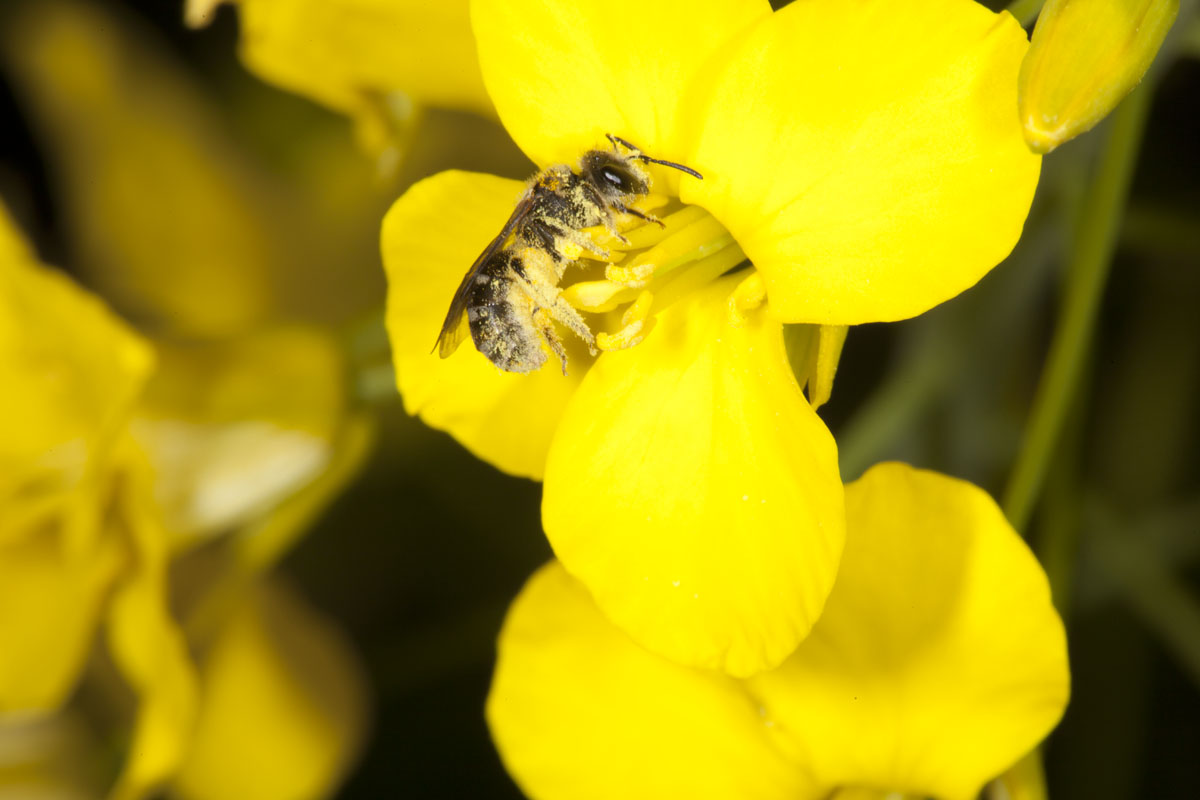The cross-sector collaboration project, Securing Pollination for more Productive Agriculture: Guidelines for effective pollinator management and stakeholder adoption was delivered as part of the Australian Government Department of Agriculture, Water and the Environment Rural R&D for Profit Program.
Educating growers leads to adoption
Working across pollination dependant crops including apple, blueberry, raspberry, cherry, watermelon, lucerne, canola and almonds, the project uncovered a raft of findings to educate growers on which insects typically visited their farms and orchards and how they can support pollination through considered vegetation planting.
Whether it be understanding the impact of hail netting on pollination diversity in Queensland apple orchards, or providing recommendations on planting to support insect visitor diversity of mango orchards, the project delivered tailored outcomes for each crop.
But the real strength of the project is the cross-sector collaboration that has led to broader industry adoption of the research and brought greater credibility to the project.
Early in the project, the researchers from the University of Adelaide established a steering committee in which all industry bodies (Almond Board, Canola growers, Lucerne Australia, Apple and Pear Growers Association SA, SA Apiarist Association), NGOs (Trees for Life, Greening Australia), and government organisations (Natural Resource Management boards, Primary Industries and Regions SA, Department of Environment) and O’Connor NRM were represented.
These collaborations helped greatly with the uptake of the project, as all partners and industry representatives were involved in developing outcomes and outputs from the start.
AgriFutures Australia Project Manager, Paul Blackshaw said the project owed its success to its culture of collaboration.
“This project had quite a broad scope, with research undertaken across different crops, regions and by organisations with different structures,” said Mr Blackshaw.
“But by bringing disparate stakeholders along the journey from the very beginning, the project was able to ensure that its common goal of supporting pollinator density and diversity could be met across the board.”
Another outcome of cross-sector collaboration is the development of a national database of all Australian bees, consisting not only of the bees related to crops relevant to the project, but bees caught during various PhD projects undertaken by contributing researchers.









